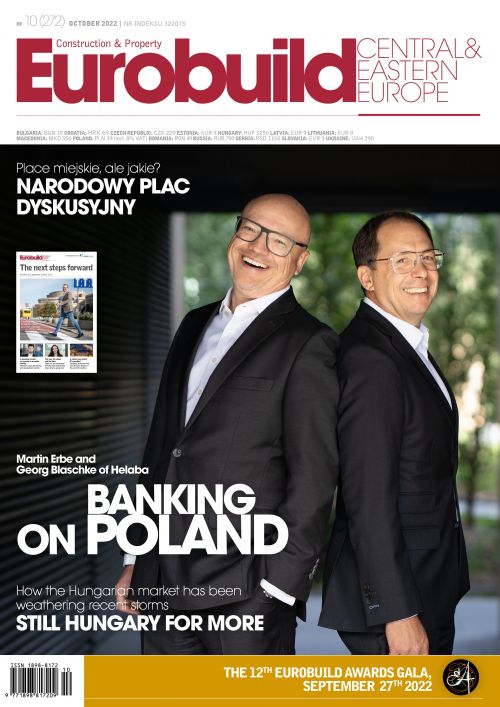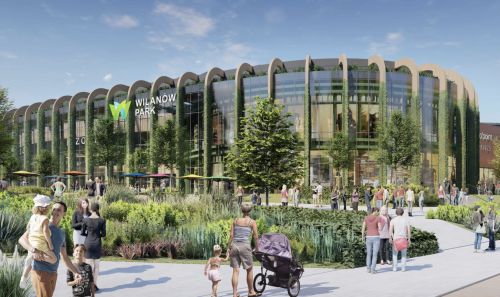Over the last few decades, Polish market squares and public plazas have been redesigned, renovated and refurbished, often with the support of substantial EU subsidies. These projects have grown in size, regardless of whether any trees stood in the way of such progress. The lack of any greenery, paving stones broken under the weight of motor traffic and the unbearably high temperatures during heat waves are just a few of the drawbacks of public squares in Poland. Friendly public space that actually draws people in, however, can only be achieved when a number of complementary factors are in place.
A topic that heats up with the climate
Trees have recently come to the fore in the discussion about city squares – and some weighty arguments have been put forward for their inclusion, since climate change is also posing a threat to our way of life. “Up until now, any questions about urban greenery that came up in discussions were marginal. Trees were just regarded as a problem































































